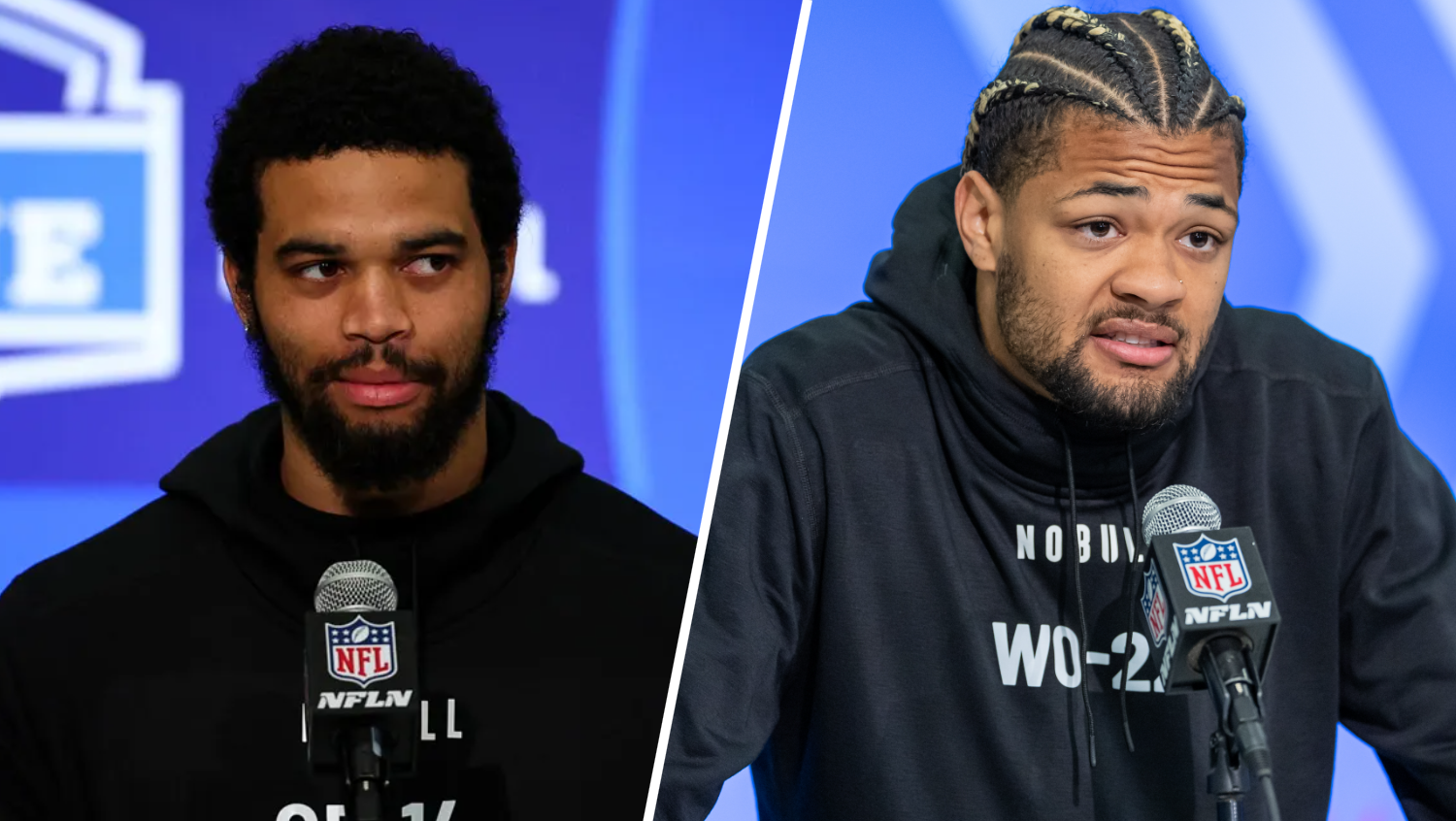Every organization in the NFL is working hard to adapt their workflows while under COVID-19 restrictions. Rookie minicamps have already been missed. Organizations are still unable to meet as a full team, and that’s obviously a challenge. But Bears GM Ryan Pace may have a leg up due to the lessons he learned while working in the New Orleans Saints’ front office.
Pace joined Mike Florio on Pro Football Talk’s podcast “PFT PM” to explain exactly how that time in New Orleans helped to shape him as a leader, both in “normal” times and times of crisis.
“There’s no excuses in our league,” Pace said on the podcast. “That happened in New Orleans during Katrina-- really every time a hurricane came towards that city, we adapted.
Stay in the game with the latest updates on your beloved Chicago sports teams! Sign up here for our All Access Daily newsletter.
“What I felt from the leadership from (Saints head coach) Sean (Payton) and (Saints GM) Mickey (Loomis) is there was never an excuse. It was: let’s adapt and let’s adjust, and that’s what we did. From 2005 to 2006, I mean that was a major shift in that team under trying times.”
Pace is referring to the Saints firing Jim Haslett and hiring Sean Payton, and installing Payton’s new systems, all while recovering from Hurricane Katrina. The Saints were incredibly successful working through those hard times too, improving from 3-13 in 2005 to 10-6 and NFC South winners in 2006.
Beyond learning to not let hard times affect his team’s success on the field, Pace says he learned a lot about how to run a team from Payton and Loomis.
NFL
“First of all, (Payton’s) very aggressive, he's not afraid to make hard decisions. He’s decisive and Mickey’s the same way: aggressive and decisive, no regrets, never looks back, not afraid to think outside the box, but also very conscious of the culture of that team.
“I think any time you drift away from that-- and it’s easy to do, and enticing to do-- but usually when you do that, once you realize you’ve done that to the locker room, the damage is already done. You try to correct yourself or police a player, the damage is already done in the locker room. So I think it’s being aggressive with the moves you make, not looking back, operating with decisiveness, but then being very conscious of the culture in the locker room.
“It’s a fine line. 12-4 to 8-8, it’s a fine line I think, because the people, the staff, the people in your building are conscious of that.”
Pace has certainly acted decisively when building his roster, trading up to draft Mitchell Trubisky, Leonard Floyd, Anthony Miller and David Montgomery.
But he later says, there’s more nuance than simply acting decisively to become an effective leader.
“When you’re making a hard decision, what’s best for the organization?” Pace said. “Not letting your ego get in the way because ‘Hey, this was your idea,’ ‘You selected this player,’ whatever it is, what’s best for the team? And sometimes those are decisions when you have to remove emotions.”
Pace has shown the ability to set aside his ego to make those hard decisions too. Most recently he opted not to pick up Trubisky’s fifth-year option. He already cut Leonard Floyd. And after he didn’t offer Kyle Fuller a fifth-year option, he paid even more to keep Fuller since the cornerback proved he deserved to stay.
“For me, to be honest, I think that’s come pretty natural and pretty easy, and I think it’s because of my experience in New Orleans.”
RELATED: Why Ryan Pace ultimately decided to trade for Nick Foles
Subscribe: Apple Podcasts | Spotify | Google Podcasts | Stitcher | Art19
Click here to download the new MyTeams App by NBC Sports! Receive comprehensive coverage of the Bears.

